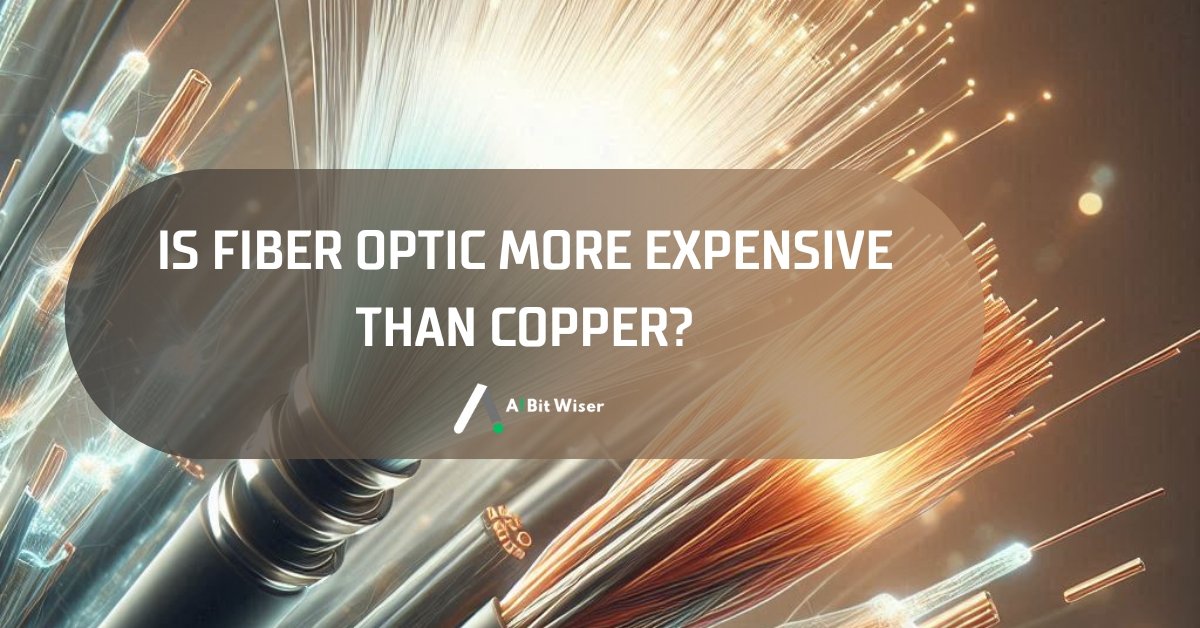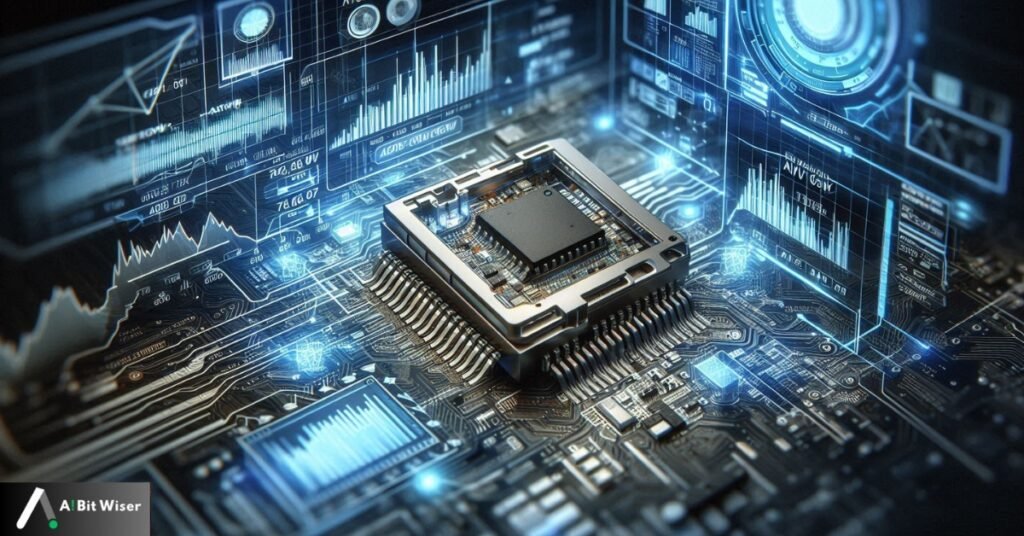Is Fiber Optic More Expensive Than Copper?

Is Fiber Optic More Expensive Than Copper? For years, the cost has been the main point of contention in the discussion between fiber optic and copper cables for data transfer. This article investigates whether fiber optic cables are more costly than copper cables by taking into account a number of variables, such as upkeep, installation costs, and long-term advantages.
Initial Costs of Fiber Optic vs Copper
Installing fiber optic lines usually costs more up front than installing copper wires. Glass or plastic fibers, which are more costly materials than the copper used in conventional cables, are utilized for manufacturing fiber optic cables. Fiber optics require more sophisticated engineering during manufacture in order to guarantee that data can be carried over great distances with little loss. The initial expense of fiber optic installations is made more expensive by the demand for specialized tools as well as experienced technicians.
On the other hand, installing and manufacturing copper cables—especially those that fall under the category of twisted pair cables, such as Cat 5e or Cat 6—is less expensive. The installation method is simpler and typically requires less specialist knowledge and equipment, while components are less expensive.
Installation Complexity and Costs
The total cost might vary considerably depending on how complicated the installation of fiber optic lines is. Compared to copper wires, fiber optics are more brittle and require being handled carefully to prevent damage. Advanced equipment and procedures are generally required throughout the installation process since it frequently entails installing cables in hard-to-reach areas. Splicing fiber optic cables is a frequent installation procedure that increases labor expenses since it requires skill and accuracy.
Conversely, copper wires are more reliable and simpler to handle. They need less complicated tools and methods to install, which saves labor costs and time. Copper may be the material of choice for shorter-term projects or those with lesser budgets due to its ease of installation.
Long-Term Costs and Considerations
Fiber optic connections have greater upfront and installation costs, however over time, these costs are frequently offset by the advantages. When compared to copper, fiber optic connections enable a substantially larger bandwidth and quicker data transfer speeds. This implies that a fiber optic network may accommodate additional clients and manage higher data loads without seeing a decrease in network performance. The effectiveness and speed of fiber optics might eventually result in significant savings on expenses and operational advantages for companies with high data needs.
Furthermore, the longevity of fiber optic cables is greater then that of copper cables. They can withstand environmental variables like dampness and electromagnetic interference better than copper wires, which can deteriorate and thereby increase maintenance expenses. Additionally, fiber optics need fewer frequent upgrades, reducing the need for continuous investment in infrastructure.
Maintenance and Durability
Compared to copper connections, fiber optic cables are often more resilient and require less upkeep. Many of the problems that affect copper, such electromagnetic interference and signal deterioration over extended distances, do not affect them. Over the course of the cable’s life, this resilience results in fewer interruptions and less maintenance expenses.
Physical deterioration and interference are greater risks for copper wires. Longer distances may cause signal loss, requiring the use of repeaters and amplifiers, which raises maintenance expenses. A copper-based network’s total cost of upkeep and upgrades may eventually outweigh the original installation savings.
Future-Proofing and Scalability
Putting money into fiber optic technologies is one way to secure your future. With technology progressing and people using the internet more often, data demands will only rise. Fiber optics’ greater capacity and speed capabilities guarantee that networks can expand to accommodate future demands without requiring major overhauls. When preparing for long-term development and expansion, organizations must take this scalability into account.
Although adequate given the needs of the present, copper networks might not be able to accommodate those of the future. It can be expensive and disruptive to upgrade a copper-based infrastructure to accommodate increased bandwidth needs. Therefore, even if optical fibers have lower upfront costs, their long-term scalability and future-proofing make a strong argument for their adoption.
Conclusion: Is Fiber Optic More Expensive Than Copper?
In conclusion, fiber optic cables provide several long-term benefits that might outweigh their initial and installation expenses, even if they are more expensive than copper lines. In the long term, fiber optics are a more affordable option due to their higher bandwidth, speed, durability, and future-proofing qualities, particularly for enterprises with large data needs. Copper cables might still be appropriate for short-term projects or smaller-scale applications due to their easier installation and reduced upfront expenses. However, fiber optics’ greater initial cost is frequently a wise investment for companies hoping to create a reliable, scalable, and future-ready network.
FAQs
Is copper or fiber optic cheaper?
Copper cables are generally cheaper than fiber optic cables when considering the initial purchase and installation costs. Copper materials and installation techniques are less expensive and less complex, making them a cost-effective option for projects with limited budgets.
Which is cheaper, copper cable or fiber optic cable?
Copper cable is cheaper than fiber optic cable in terms of initial and installation costs. The materials used in copper cables are less expensive, and the installation process is simpler, requiring less specialized equipment and expertise.
Is fiber optic the most expensive?
Yes, fiber optic cables are more expensive than copper cables, especially when considering initial and installation costs. The materials, production process, and specialized installation required for fiber optics contribute to their higher price. However, the long-term benefits of fiber optics, such as higher bandwidth and lower maintenance costs, can offset the initial expense.
Which is better, fiber optic or copper cable?
Fiber optic cables are generally considered better than copper cables due to their superior bandwidth, faster data transmission speeds, and greater durability. Fiber optics are less susceptible to electromagnetic interference and signal degradation, making them a more reliable and future-proof choice for high-data-demand environments. However, copper cables can be a more practical choice for smaller-scale or budget-constrained projects.
Will fiber optics replace copper?
Fiber optics are gradually replacing copper in many applications due to their superior performance and scalability. While copper is still used in some situations, particularly where cost is a significant factor, the trend is toward adopting fiber optics for new installations and upgrades. As technology advances and data demands increase, fiber optics are likely to become the standard for data transmission.










